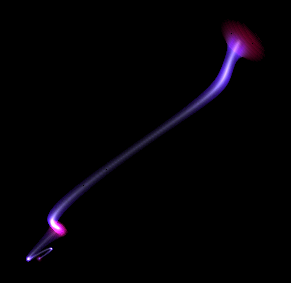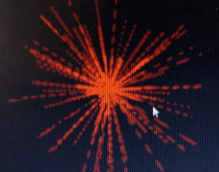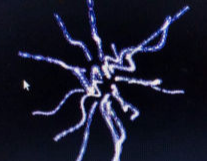VOLUME CONSTRUCTION
Rendering volumes such as fog, fire, clouds, plasma etc. is slightly more complicated than rendering simple solid objects with surface interactions i.e. INTERSECTION with the RAY. Implementations representing scattering, absorption and emission occur between surfaces. Since Volumetric effects are parameterized with the length/gradient of the object the BRDF function to render volumes is an integral function of Absorption, Emission and Scattering charestictics of the material. Volumetric particles can be defined as homogeneous or heterogeneous, which dictates if the material and properties are uniform throughout the solid or varying. Technically, all of these phenomenon are due to interaction with microscopic particles, but we implment a less cumbersome way than calculating interactions individually.
A generalized BRDF function for volumetric integrator constitutes of 3 main phenomena :
1. Absorption : the reduction of radiance due to the sub-particles which absorb the light along the ray path.
2. Scattering : along the ray path, radiance is scattered due to collision with particles.
3. Emission : radiance is added into the path of ray by sub-particles due to material properties.
We start with a volumetric material a straight line from the inner sphere to outer sphere representing as plasma strand
(a synapse) taking shortest distance path. Adding into each synapse SEVEN layered randomization factor :
A. a circular randomization function which offsets the end points of the synapse
B. curve amplitude offset using sinusoidal curves to simulate randomization of the synapse path
C. width offset to simulate varying intensity and thickness of the synapse along the length
D. gaussian distribution and color gradients between Electric Blue and Neon Pink along the length of the synapse
E. endpoint artefacts which show surface diffusion effect near the end points of the synapse. Endpoint
artefacts are created by expontial expansion of the synapse when closer to the ends
F. surface illumination along the outer sphere to simulate sub-surface emission from the plasma globe
Final SYNAPSE image below






